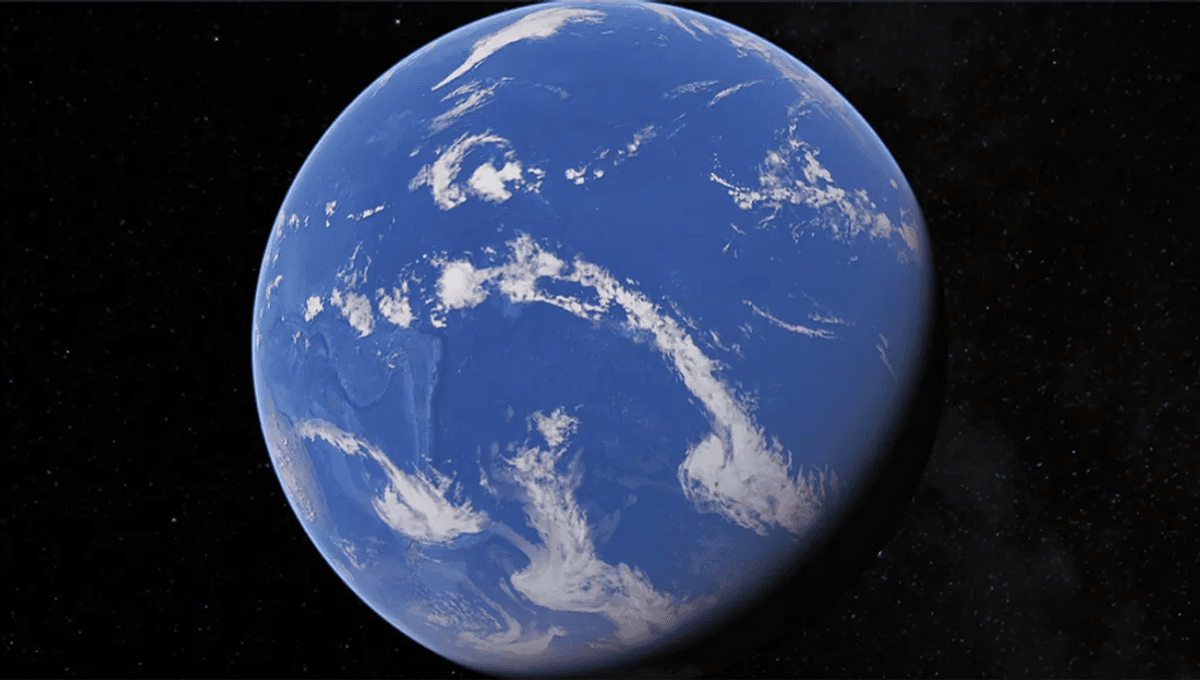
In most countries, people have a belief about where they’d end up if they dug their way through the center of the Earth and popped up on the other side, more technically known as the “antipode”.
For people in the USA, they think it’s China. For people in the UK, they think it’s Australia. Australians think it’s somewhere in Europe and hope it’s not the UK because who can blame them. But if you try an interactive tool, you will largely find out that the answer is usually “an ocean” and more often than not, the Pacific Ocean.
The Pacific Ocean is gigantic, the largest water mass on the Earth and covering more than 30 percent of our planet’s surface.
“With a surface area of more than 155 million square kilometers (60 million square miles), this ocean basin is larger than the landmass of all the continents combined,” the National Oceanic and Atmospheric Administration (NOAA) explains. “Additionally, it contains almost twice as much water as the world’s second largest body of water, the Atlantic Ocean.”
In fact if you look at Earth from just the right angle, thanks to the Pacific Ocean the planet looks like a water world.
In this view of the Earth, you can see Point Nemo in the southern Pacific Ocean, said to be the most remote location on the planet. When ships pass through it, they are 2,689 kilometers (1,671 miles) away from the nearest land. When the ISS passes overhead, the nearest humans to the sailors are the astronauts on board the station, given that they are only 400 kilometers (250 miles) above their heads.
Two British explorers – Chris and Mika Brown – became possibly the first people to sail to and swim at Point Nemo in 2024, finding it to be pretty unremarkable, other than the isolation.
“I was expecting it to be really kind of black,” Chris told IFLScience, “or a really dark green, having seen the Atlantic Ocean, but it’s a fantastic blue. I was amazed, just looking down it’s almost an iridescent blue. Amazing, very beautiful.”
“There were quite a few albatrosses, and one took a particular interest,” he added. “By particular interest, I mean, really close interest. […] Without a doubt, it was a kind of attack. This thing came within a meter of us and just wasn’t bothered, it was looking very menacing.”
So how big is the Pacific Ocean in simple terms? As often repeated on the Internet, it contains its own antipode. Or there are places in the Pacific Ocean that, if you went straight down through the center of the Earth and out the other side, you would still find yourself in the Pacific Ocean. Maybe Earth is Waterworld (1995) after all.
Source Link: The Pacific Ocean Is So Vast It Contains Its Own Antipodes